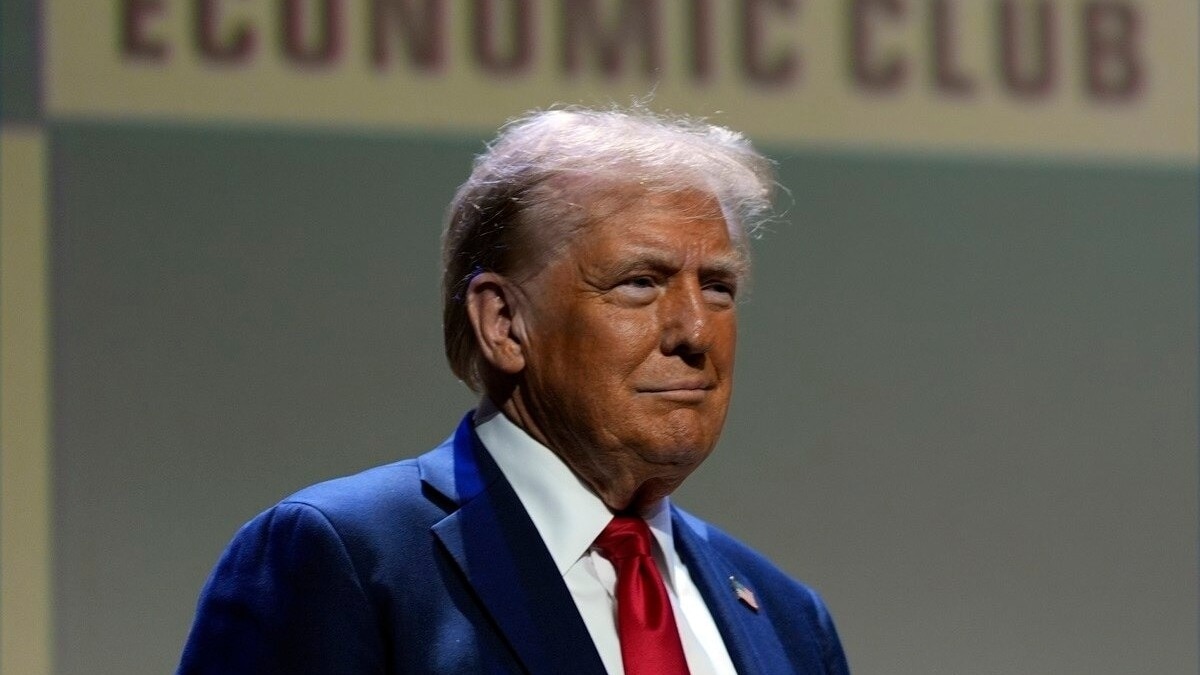US President Donald Trump has announced a 25% tariff on Indian goods starting August 1 and added an unspecified “penalty” for New Delhi’s continued defense and energy ties with Russia, a move that aligns with a long history of US economic actions targeting allies doing business with American adversaries.
Trump, in a post on his social media platform Truth Social, claimed India “has always bought a vast majority of their military equipment from Russia” and is “Russia’s largest buyer of ENERGY.” He said this justifies additional punitive measures beyond the standard tariff. While he did not reveal the nature or scale of the penalty, his language suggested a financial hit tied to strategic alignment.
The US has multiple legislative and executive tools.
Chief among them is the Countering America’s Adversaries Through Sanctions Act (CAATSA), passed in 2017. CAATSA empowers the US to impose sanctions on countries making significant defense or energy purchases from Russia, Iran, or North Korea.
India has faced scrutiny under CAATSA before, notably over its acquisition of the Russian S-400 missile defense system. Though waivers were granted previously, Trump’s latest posture hints at renewed rigidity.
Other historical frameworks mirror this approach. The Iran Sanctions Act and subsequent laws like CISADA have imposed “secondary sanctions” on non-US firms that transact with Iran’s energy or banking sectors, often threatening exclusion from the US financial system or designating firms on the Specially Designated Nationals (SDN) list.
Even harsher examples stem from the Trading with the Enemy Act and various export control laws, which historically enabled embargoes, asset freezes, and bans on critical technology exports to enemy states.
These were used during World War II and the Cold War and remain active in contexts like North Korea.
More recently, US lawmakers have pushed for “secondary tariffs” as high as 500% against countries continuing energy imports from Russia amid the Ukraine war. India has been repeatedly named in such proposals, though no formal law has yet codified such penalties.
Typical penalties can include:
- Exclusion from US markets or financial systems
- Denial of export licenses
- Heavy tariffs or duties
- Asset freezes or bans on US-dollar transactions
Trump’s penalty threat, while currently undefined, clearly echoes this deep-rooted US strategy of leveraging economic pressure to reshape foreign alliances and deter ties with adversaries.





